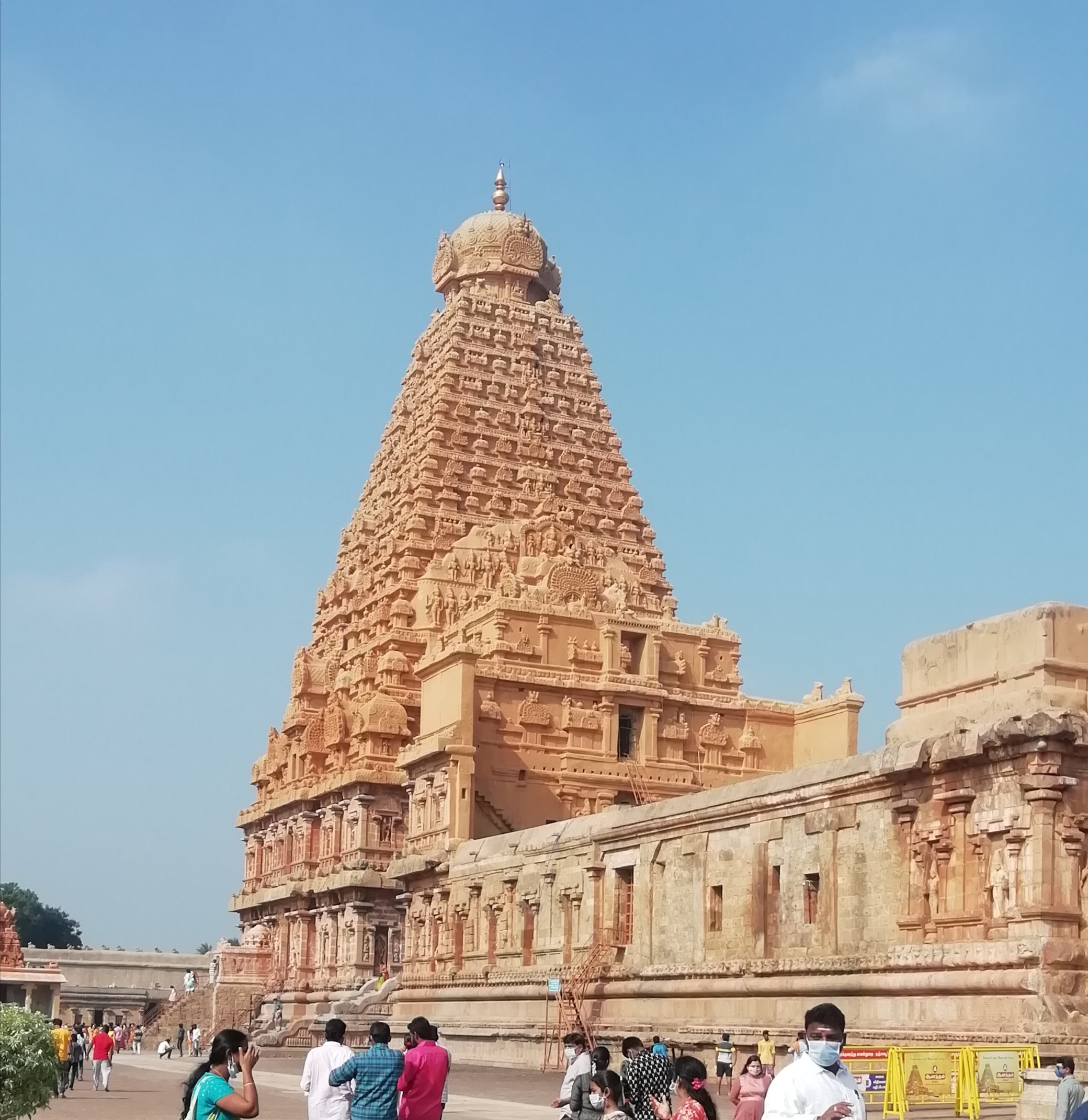



Dansborg Fort stands as a remarkable testament to Danish colonial presence in India, emerging from a strategic maritime agreement between Danish Admiral Ove Gjedde and Thanjavur's King Raghunatha Nayak in 1620. Constructed in the classic Danish architectural style, this fort represents a unique intersection of European colonial ambition and Indian maritime trade, serving as a critical trading post in the small fishing village of Tharangambadi.
The fort's architectural design is a compelling narrative of Scandinavian colonial engineering, featuring a trapezoidal shape with large halls, columned structures, and high ceilings. Its core constructed from brick, the fort includes a north-facing main door, an east-facing secondary entrance, and distinctive camel hump-shaped domes that mark its central portion. The second storey's guard rooms and the governor's residence wing further underscore its multifunctional military and administrative purpose.
Beyond its architectural significance, Dansborg Fort played a pivotal role in the cultural and religious exchanges of colonial India. It became the base for Protestant missionaries Bartholomäus Ziegenbalg and Heinrich Plütschau, who arrived in 1706 and established the groundbreaking Tranquebar Mission. These missionaries achieved a remarkable milestone by translating and printing the first New Testament in Tamil, utilizing a printing press within the fort's walls—a moment of profound linguistic and religious transformation.
The fort's commercial history is equally fascinating, with Danish traders actively engaging in textile, spice, silk, and gold trade. However, its economic importance gradually diminished in the mid-18th century as textile production shifted to Serampore in Bengal. The fort remained the Danish colonial headquarters until its sale to the British in 1845, marking the end of an era of Danish influence in the region.
Several significant historical events punctuate the fort's narrative, including the notable siege of 1624 initiated by Raghunatha Nayak. This conflict, extensively documented by Icelander Jón Ólafsson, highlights the complex political negotiations and tensions that characterized colonial interactions. The subsequent Tranquebar Rebellion of 1648 further illustrates the intricate diplomatic challenges faced by colonial administrators.
After India's independence in 1947, the fort transitioned through various administrative roles, serving as an inspection bungalow before being managed by the State Department of Archaeology. In 2001 and 2011, renovation efforts by the Tranquebar Association and the state's tourism department restored the fort, transforming it into a museum that preserves and showcases artifacts from the Danish colonial period.
Today, Dansborg Fort stands not just as a historical monument but as a cultural bridge between Denmark and India. Its preservation represents a commitment to understanding complex colonial histories, offering visitors a nuanced glimpse into a period of international exchange, trade, and cultural interaction. The fort continues to inspire researchers, tourists, and history enthusiasts, serving as a tangible reminder of the intricate global connections that shaped the Indian subcontinent.
The fort's modern significance extends beyond its physical structure, embodying a narrative of cross-cultural dialogue, missionary endeavors, and the complex legacy of European colonialism in India. Its continued existence and careful preservation invite contemporary audiences to reflect on the multifaceted interactions that have shaped the region's historical landscape.
Discover more attractions within 50km that might interest you
Tranquebar, Tamil Nadu
Danish Colonial Fort Revealing Tranquebar's Unique European Heritage

Chidambaram, Tamil Nadu
Cosmic Dance Temple: Spiritual Heart of Chidambaram's Ancient Legacy

Chidambaram, Tamil Nadu
World's Second-Largest Mangrove Forest: Ecological Wonderland

Gangaikonda Cholapuram, Tamil Nadu
Chola Dynasty's Architectural Marvel Celebrating Shiva's Grandeur